
Two Brands. One Channel.
Micron Technology serves the global memory and storage market with two distinctand complementary brands: Micron® for enterprise, cloud, and data center applications, and Crucial® for home, office, and gaming systems. |
|
|
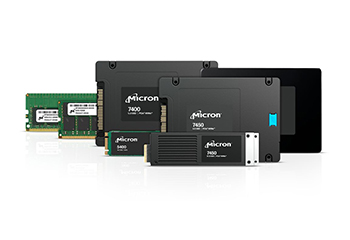 |  |
Enterprise SSD | Consumer SSD |
|
|
Server DRAM | Consumer DRAM |
|
|
 Enterprise | Cloud | Data Center
Enterprise | Cloud | Data Center
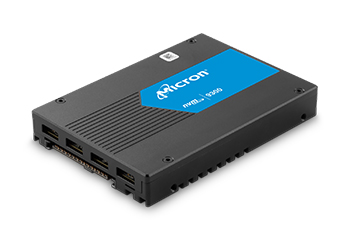 | 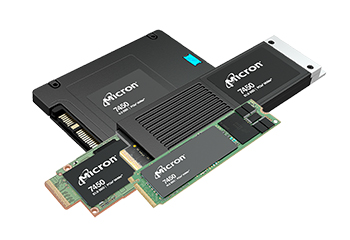 | 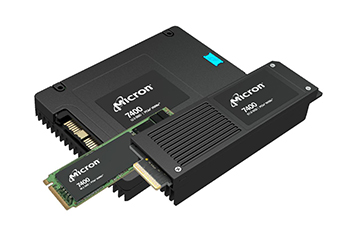 | 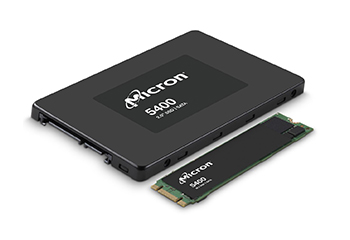 |
Micron 9300 series NVMe™ SSDs | Micron 7450 series NVMe™ SSD | Micron 7400 series NVMe™ SSDs | Micron 5400 series SATA SSDs |
Ideal for:
| Ideal for:
| Ideal for:
| Ideal for:
|
 |  |  | 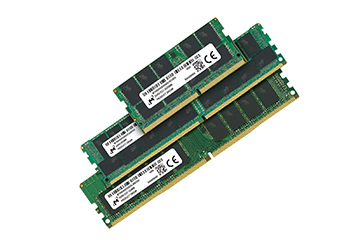 |
Micron DDR5 Server Memory | Micron 3400 series PCIe NVMe™ SSD | Micron 2210 series PCIe NVMe™ Client SSD | Micron DDR4 Server Memory |
Ideal for:
| Ideal for:
| Ideal for:
| Ideal for:
|
 Home | Office | Gaming
Home | Office | Gaming
 |  | 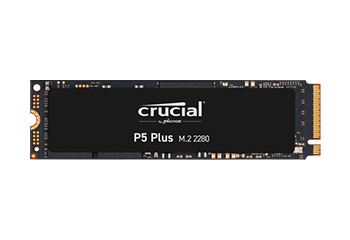 |  |
Crucial MX500 SATA SSD | Crucial BX500 SATA SSD | Crucial® P5 Plus SSD | Crucial P3 Plus NVMe™ SSDs |
Ideal for:
| Ideal for:
| Ideal for:
| Ideal for:
|
 | 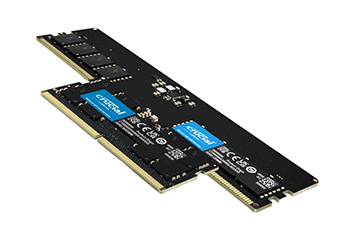 |  |  |
Crucial X8 Portable SSD | Crucial Desktop & Laptop Memory | Crucial P3 NVMe™ SSDs | Crucial X6 Portable SSD |
Ideal for:
| Ideal for:
| Ideal for:
| Ideal for:
|
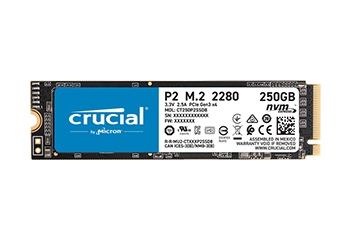 | |||
Crucial P2 SSD | |||
| Ideal for:
|
1. 4KB transfers with a queue depth of 1 are used to measure read/write latency values. 2. Speed comparison based on published specs of the Crucial BX500 and internal hard drives with a rotation speed of 7200rpm. 3. MB/s speed measured as maximum sequential performance of device as measured by Crucial on a high-performance desktop computer with Crystal Disk Mark (version 6.0.2 for x64). Your performance may vary. Comparative speed claims measured as maximum sequential performance of similarly situated portable SSDs, mainstream portable HDDs and mainstream USB flash drives from vertically integrated manufacturers selling under their own brands as of June 2019. 4. Some of the storage capacity is used for formatting and other purposes and is not available for data storage. 1GB equals 1 billion bytes. Not all capacities available at initial launch. 5. Limited lifetime warranty valid everywhere except Germany, where warranty is valid for 10 years from date of purchase. 6. DDR5 architecture includes efficiency improvements that deliver 36% more system bandwidth than DDR4, even at the same theoretical speeds of 3200MT/s, due to the high bus efficiency of DDR5 technology. Combined with lower voltage per module, this design provides superior (better) performance. 7. Under memory-intensive workloads, DDR5 delivers 1.87x the bandwidth as a result of double burst length, double the banks and bank groups, and significantly higher speed than DDR4. It is enabled to support scaling memory performance with improved channel efficiency, even at higher speeds, not just during testing, but under real-world condition, as established by JEDEC, an independent standardization body that develops open standards for the microelectronics industry. 8. Performance measured under the following conditions: Steady state as defined by SNIA Solid State Storage Performance Test Specification Enterprise v1.1; Drive write cache enabled; NVMe power state 0; sequential workloads measured using FIO with a queue depth of 32; random read workloads measured using FIO with a queue depth of 256 (1,000,000 IOPS statement based on 4K sector size; random write workloads measured using FIO with a queue depth of 128) 9. Based on public data sheet specifications. The Micron 5400 SSD has a mean time to failure (MTTF) rating of 3 million device hours, compared to a typical 2 million hour MTTF rating for data center SATA SSDs, based on public information available at the time of this document’s publication. The Micron 5400 MAX SSD has up to 5 drive write per day (DWPD) endurance rating compared to up to 3 DWPD rating for other data center SATA SSDs. The Micron 5400 PRO SSD has up to 1.5 DWPD compared to up to 1 DWPD for other data center SATA SSDs. 10. The Micron 5400 SSD is available in 14 capacity, form factor, endurance, and security configurations with power-loss, and data path protection. The closest similar use, data center, SATA SSD offers 12 combinations at the time of this document’s publication. 11. Under memory-intensive workloads, DDR5 is designed to deliver 1.87x the bandwidth as a result of double burst length, double the banks and bank groups, and significantly higher speed than DDR4, as established by JEDEC, an independent organization that develops open standards for the microelectronics industry. 12. Typical I/O performance numbers as measured using CrystalDiskMark® with command queue full and write cache enabled. Fresh out-of-box (FOB) state is assumed. For performance measurement purposes, the SSD may be restored to FOB state using the secure erase command. System variations will affect measured results. 13. Some of the storage capacity is used for formatting and other purposes and is not available for data storage. 1GB equals 1 billion bytes. 14. SSD speed comparison between published Crucial P3 NVMe SSD read/write speeds up to 3500/3000MB/s and published Crucial MX500 SATA SSD read/write speeds of 560/510MB/s; SSD vs. HDD speed comparisons between published Crucial P3 NVMe SSD read/write speeds of up to 3500/3000MB/s and top preset consumer hard disk drive read/write speeds of 7200RPM (~156MB/s). 15. Some of the storage capacity is used for formatting and other purposes and is not available for data storage. 1GB equals 1 billion bytes. Not all capacities available at initial launch. |
CONTACT ASBIS EXPERTS IN YOUR COUNTRY




